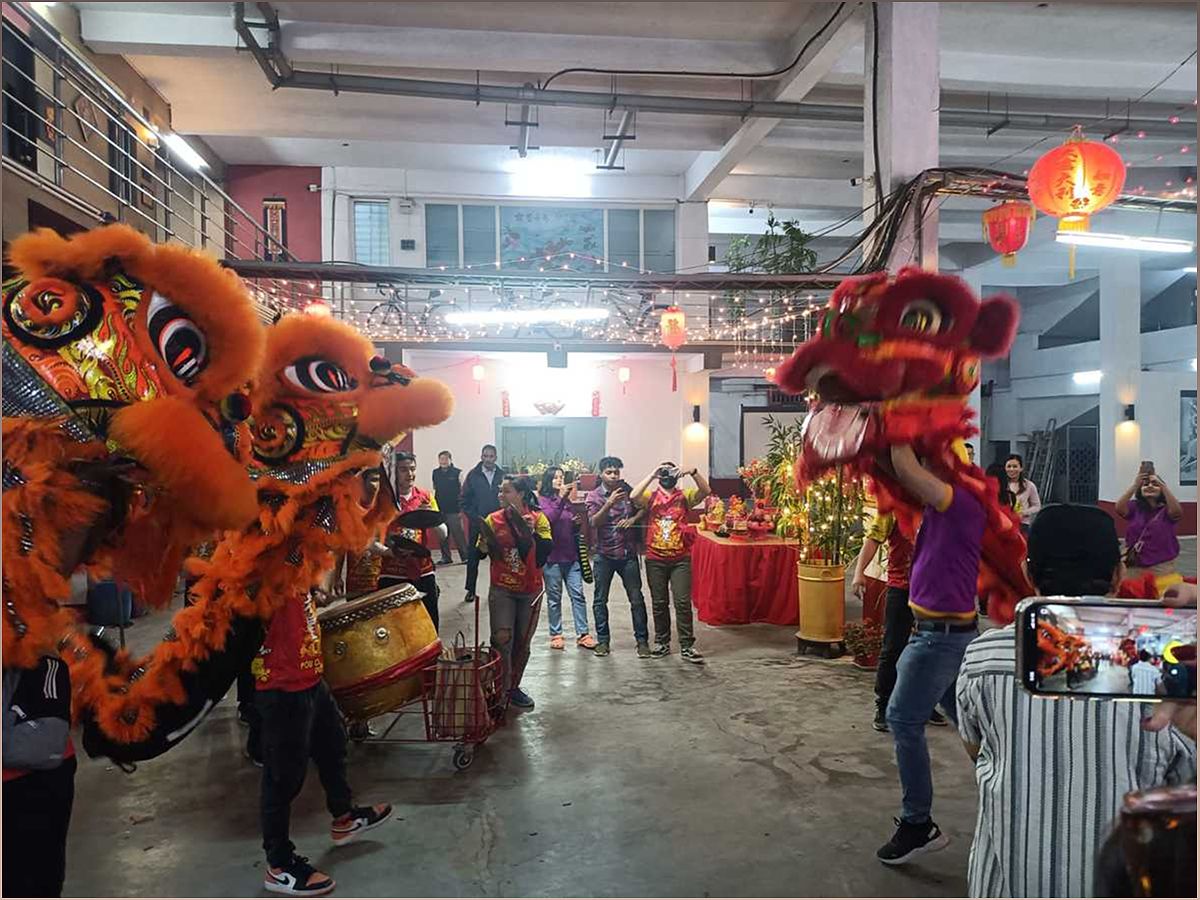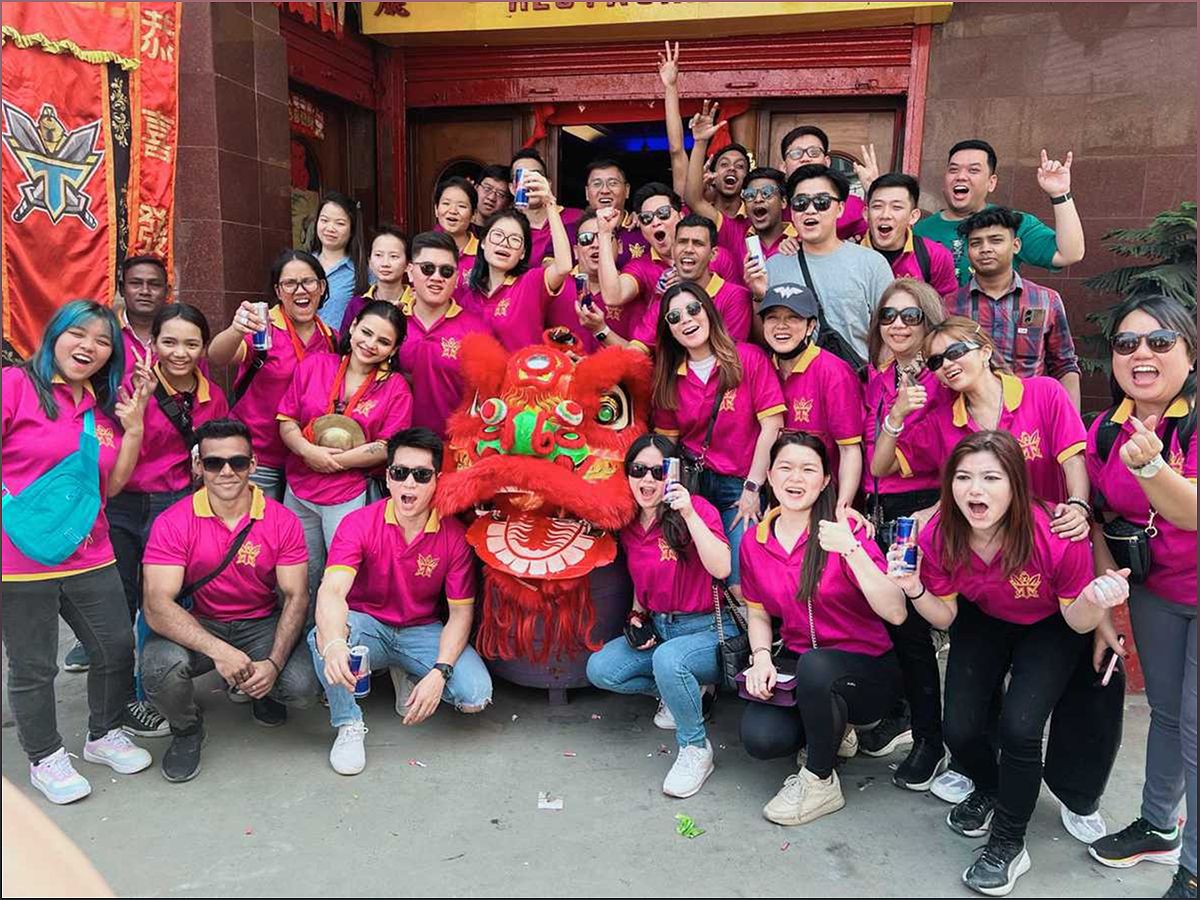Indian-origin Chinese return to their roots in Kolkata, India, to revive traditional festivities and celebrate the Chinese New Year with great fanfare and extravagance.
Reviving Traditional Festivities: Celebrating Chinese New Year in Kolkata's Chinatowns
Every year, the Chinese community in Kolkata, India, comes together to celebrate the Chinese New Year in a grand and traditional manner. This cherished tradition brings back childhood memories for many Indian-origin Chinese who have returned to their roots in Kolkata. Christopher Chen, who left Kolkata for Canada two decades ago, shares his excitement about being able to spend time in his hometown and celebrate the New Year with his extended family and old friends.
Located in India's eastern state of West Bengal, Kolkata's Chinatowns of Tangra and Tiretta Bazaar are the only surviving Chinatowns in the country. Despite the decline in the community's population, the Chinese New Year celebrations are still organized with great fanfare and extravagance. The festivities include lion dances, fireworks, a food festival, and the lighting of Chinese lanterns, showcasing the ethnic diversity and cultural heritage of the city.
Many Indian-origin Chinese individuals, who had migrated to different countries for education and job opportunities, make a special trip back to Kolkata to celebrate the Chinese New Year with their relatives, old friends, and neighbors. The Chen family, who returned from Canada after six years, is one such example. For Christopher, the highlight of the festival is the family reunion and reconnecting with their ancestral roots in Kolkata.
Preserving Cultural Traditions: The Decline of Chinatown Celebrations
In the late 18th century, the Chinese community first arrived in Kolkata and has been observing the Lunar New Year, the most significant traditional Chinese celebration, ever since. However, over the years, the number of lion dance groups participating in the festival has significantly declined. Thomas Chen, an Indian-origin Chinese and the joint secretary of the Indian Chinese Association for Culture, Welfare, and Development, laments the decrease in participation, with only a few groups remaining.
The decline in the Chinese community's population in Kolkata is a result of the younger generation leaving the city in search of better prospects and livelihoods. Pei May Chinese High School, one of the city's last remaining Chinese schools, closed down due to the lack of a new generation of Indian-origin Chinese. If this trend continues, there is a concern that the Chinese community might vanish from the city within the next few years.
To prevent this decline, the Chinese community in Kolkata needs support, opportunities, and encouragement to attract and retain members. The community actively participates in other communities' celebrations throughout the year and has fostered strong bonds with them. Local non-Chinese individuals have also become an integral part of the Chinese New Year celebrations in Kolkata.
Historical Roots and Cultural Significance
Kolkata's Chinatowns, Tiretta Bazaar (Old Chinatown) and Tangra (New Chinatown), were once vibrant with a significant population of over 20,000 ethnic Chinese-Indian nationals. They had their own schools, social clubs, festivals, and newspapers. The Chinese migrants arrived in Kolkata in the latter half of the 18th century, with the most well-known settler being Yang Dazhao, a tea trader who established a sugar mill and brought laborers from China.
The Chinese New Year celebrations in Kolkata provide a glimpse into the history, traditions, customs, and lifestyles of the Chinese community. The festivities have evolved over the years, with cultural events such as singing and dancing at Pei May Chinese High School. While the grandeur of the celebrations may have diminished due to the scarcity of the new generation of Chinese, the spirit of the festival remains strong among those who continue to celebrate and preserve their cultural heritage.



